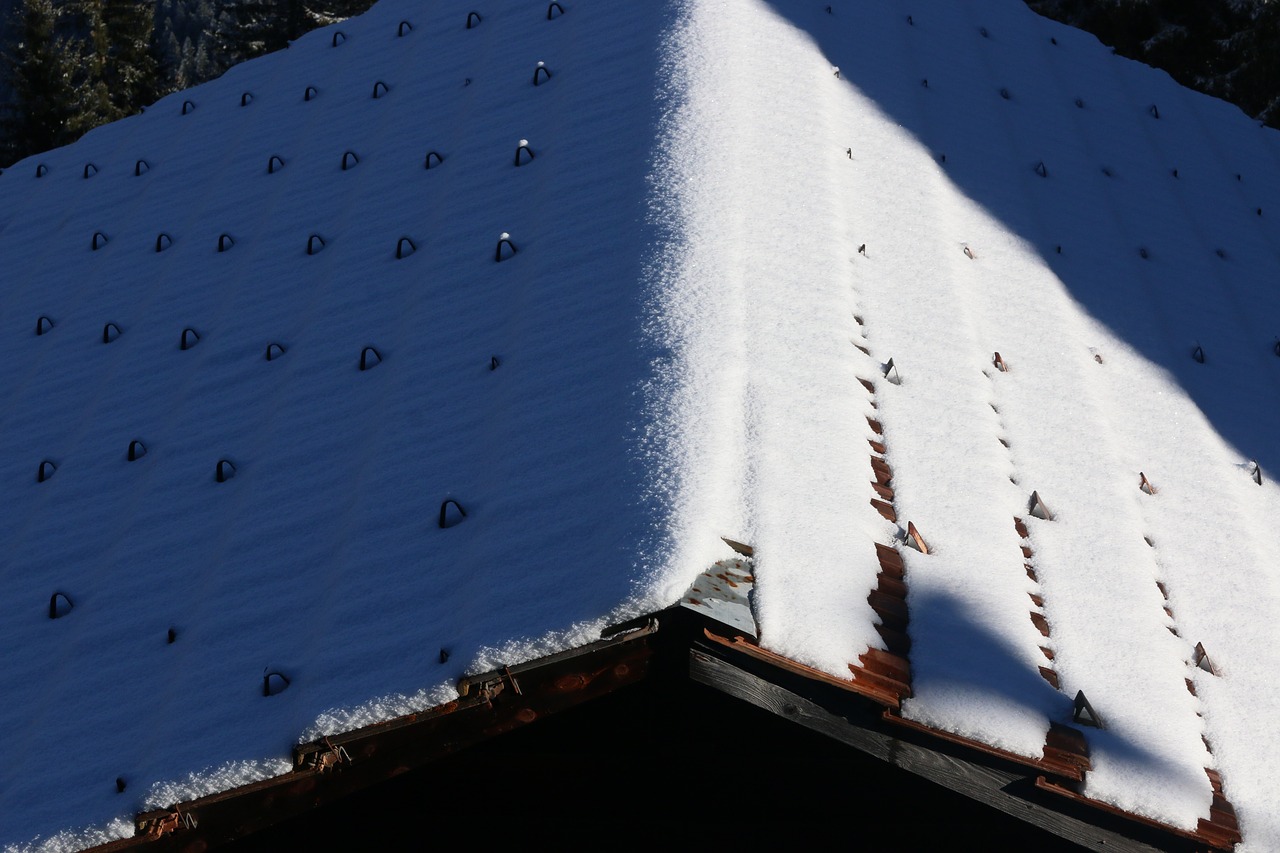
Every roofing installation team in Farmington, CT, will tell you that any roofing installation during winter is a no-go. Asphalt shingles and clay tiles turn brittle when exposed to the cold at consistent temperatures. Roofs already set in place during winter have a better chance of surviving the weather because nothing can move them except for wind and earthquakes, which have a virtually low likelihood of happening in CT.
But, if you need to have a new roof by winter because of an emergency, it’s safe to have a new roof installed over your head. However, you’ll need expert, experienced hands to help you install your asphalt shingle roofs in the best way possible.
The first hazard of installing asphalt shingle roofs during winter is sliding over the high roofing slope. Snow makes high-sloped roofs slippery, making your traverse across it challenging and problematic at the same time. You’ll need special equipment, harnesses, and scaffolding to work effectively on a snow-riddled roof.
Flashing installation for asphalt shingles is much more challenging during winter, but it’s still possible to do so. Asphalt Roofing Org has a great post that can help you learn the best way to install asphalt shingles during winter below.
- Be sure to follow the manufacturer’s installation instructions carefully, as most building codes require.
- Be very careful when working on sloped roofs. In winter applications, there may be nearly invisible ice or frost build-up on the roof or deck surface, which can make work extremely hazardous. It is advisable to wait until the roof surface is free of ice and frost for safer roof application.
- Ensure that the attic space is adequately ventilated. [1] Often, what appears to be a roof leak is actually condensation of moist interior air drifting up into a cold, improperly ventilated attic.
- Install polymer modified, self-adhering underlayment as an eave flashing in regions suscepti ble to freezing winter temperatures. Eave flashings provide protection against damage from water backup from ice dams that can occur at the eaves of the roof. [2] Asphalt saturated felt may be used as an alternate eave flashing when applied per the manufacturer’s applicati on instruction and the requirements of the building code.
- Use caution when handling bundles of shingles and individual shingles in cold weather as they may crack, or in severe cases, break apart. As with most materials, asphalt shingles tend to become less flexible in cold weather (<40 degrees F). Note that when cold, shingle bundles will tend to keep the shape of the surface upon which they are stacked. When nailing, make sure the shingles are flat; otherwise, the nail may break through the shingle surface during installation. Avoid bending, throwing, or dropping bundles of shingles in cold weather. For best results, store shingles indoors to keep them warm prior to application.
- Most asphalt shingles are manufactured with a thermally activated asphalt sealant, which bonds the shingles together once they are applied to the roof and exposed to a few weeks of sufficient heat from sunlight. In order to provide improved protection from wind blow-off in very cold weather, asphalt shingles can be hand-sealed with an approved asphalt roofing cement or other adhesive approved by the shingle manufacturer. Seal down every tab with one or two 1 inch (25 mm) diameter spot(s) of asphalt roofing cement. Ensure that the shingles are pressed into the asphalt cement causing it to be near the shingle edges, but not exposed. For laminated shingles, at least three spots of sealant may be used. Rakes and eaves of the roof are especially susceptible to wind blow-off if they are not sealed.
- Consider the use of open metal valleys in cold weather. Woven and closed cut valleys require shingles to be bent, which may result in shingle damage. As an alternative, warm the shingles prior to application. (Continue reading here to learn more about asphalt shingle roof installations during winter)
If you have yet to find a reliable roofer in Farmington, CT, you can always count on us at Slavin Home Improvements. Contact us today to learn more about everything that we can do for you.